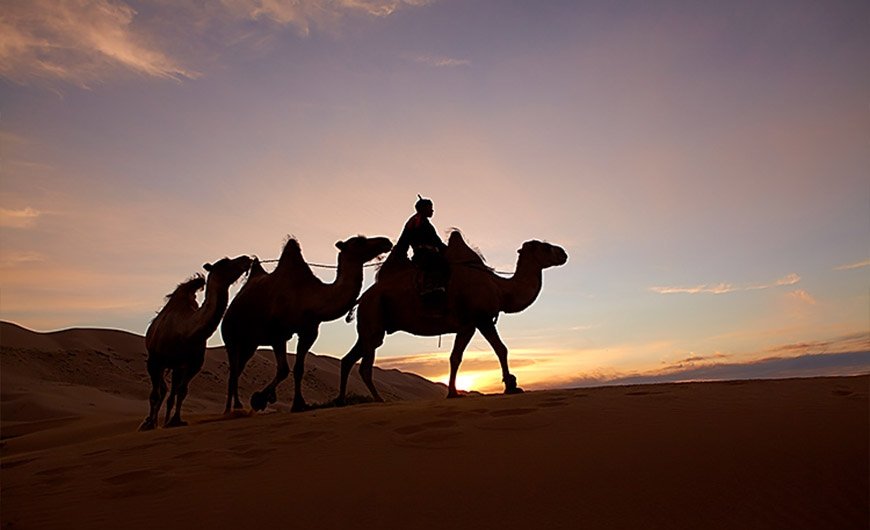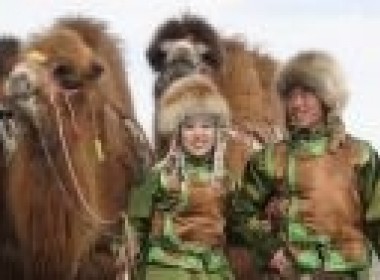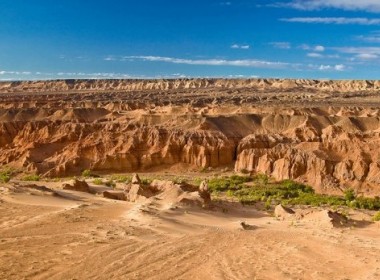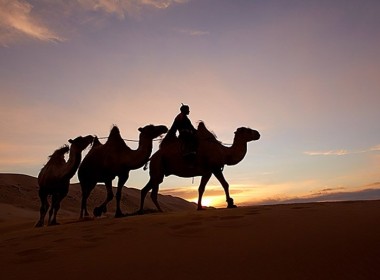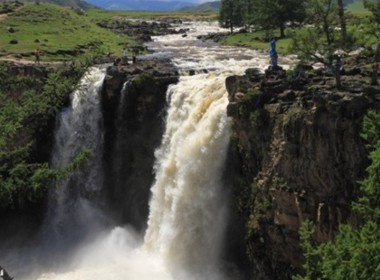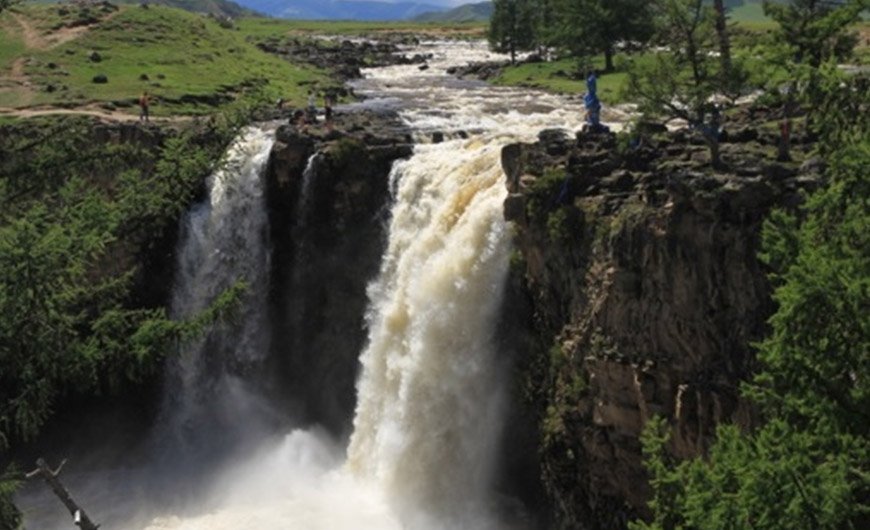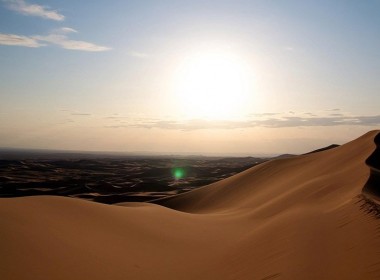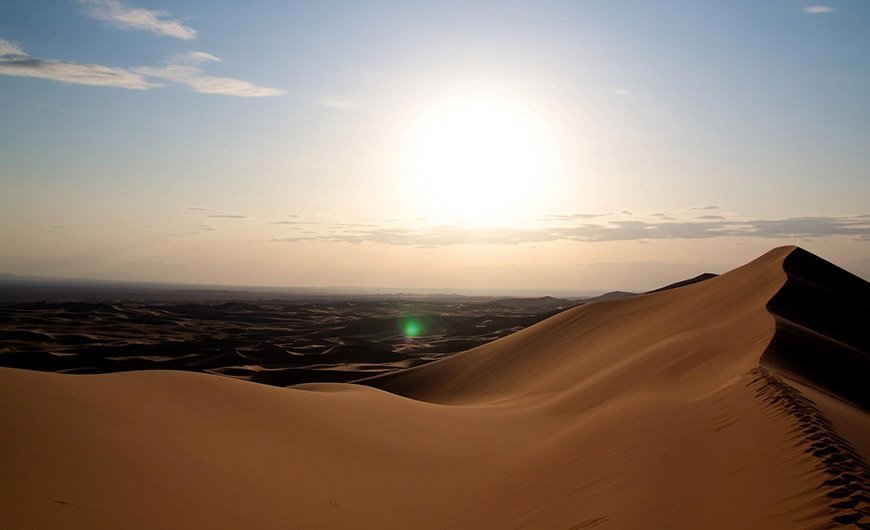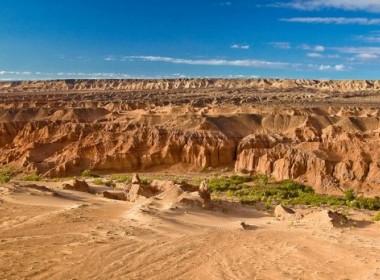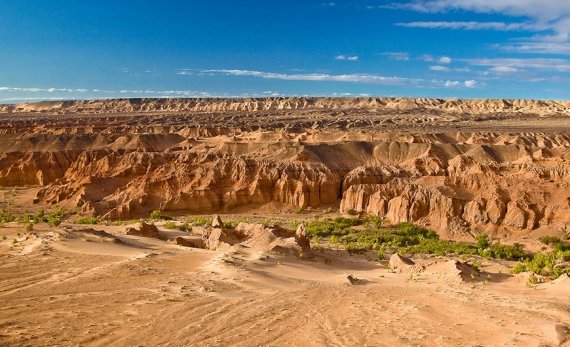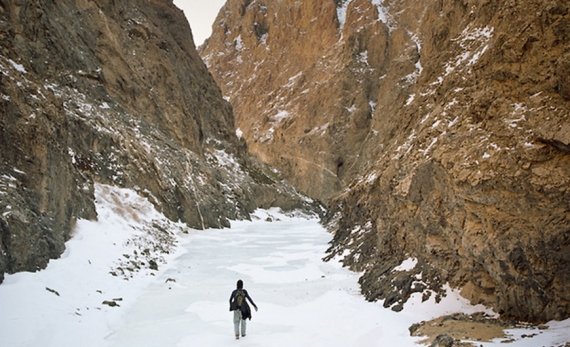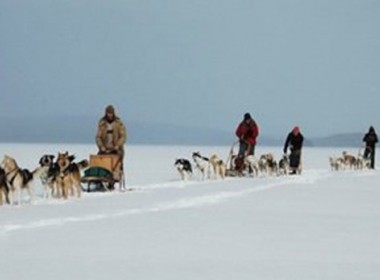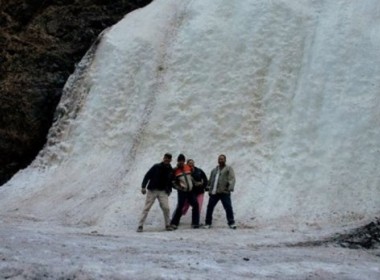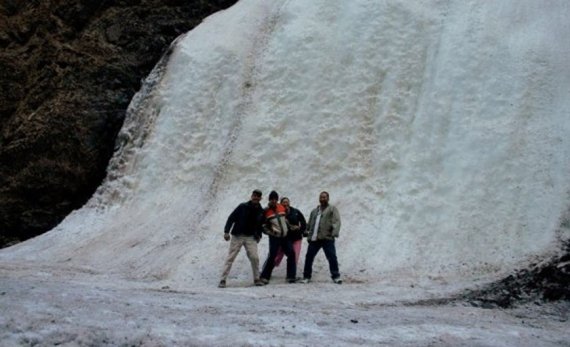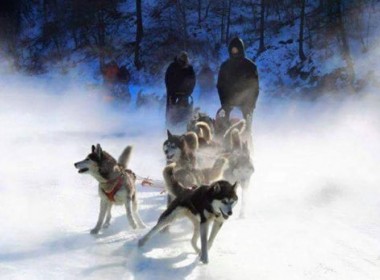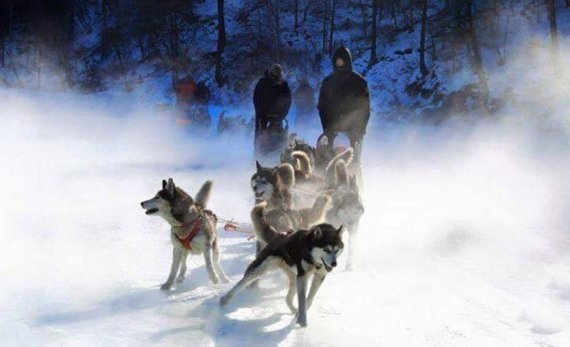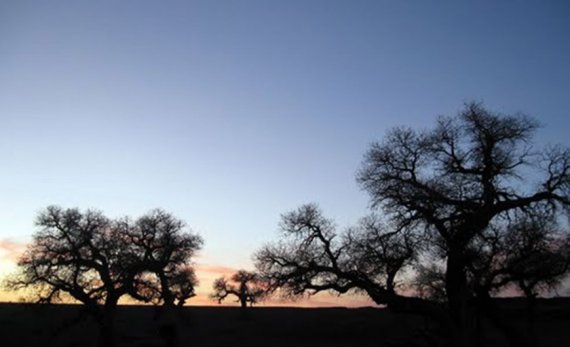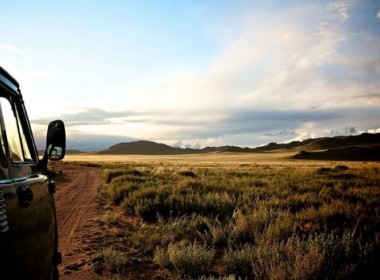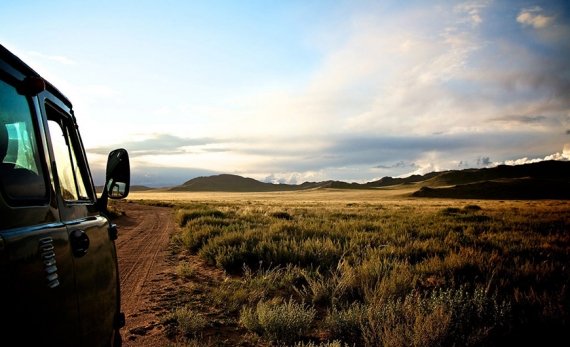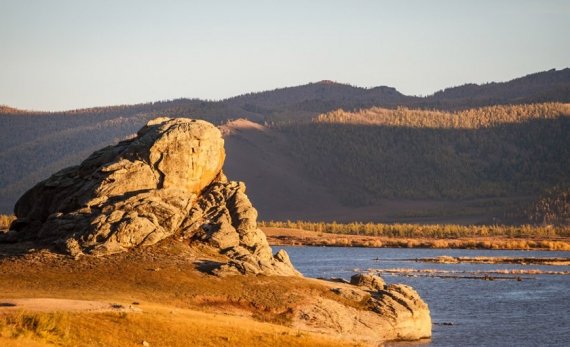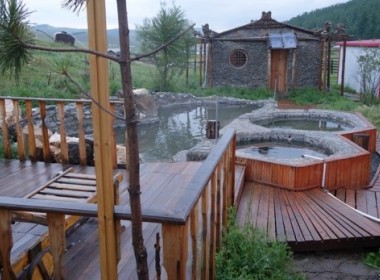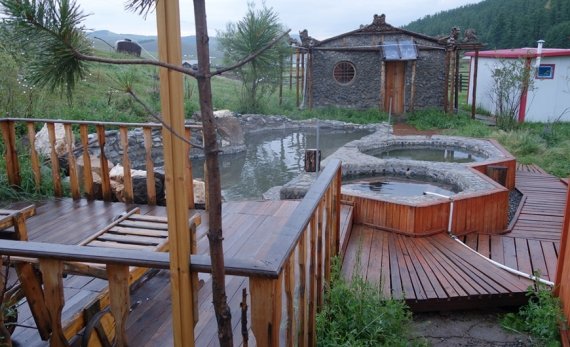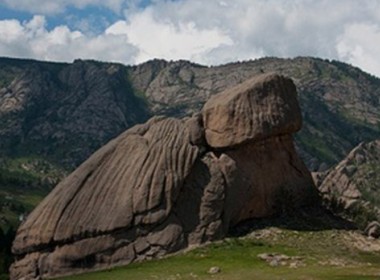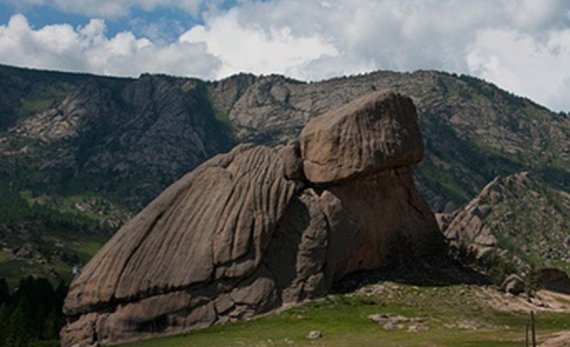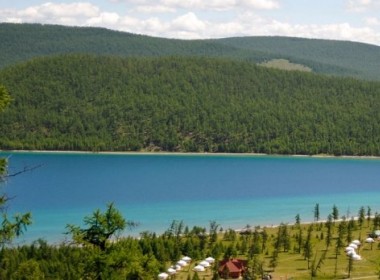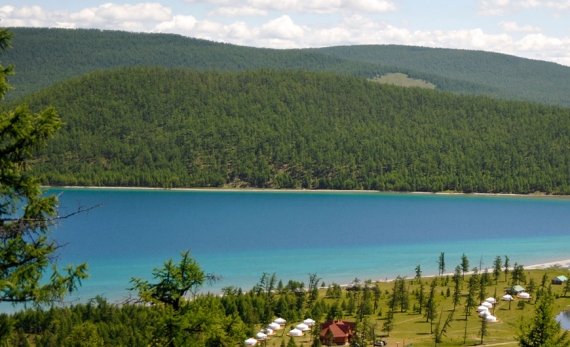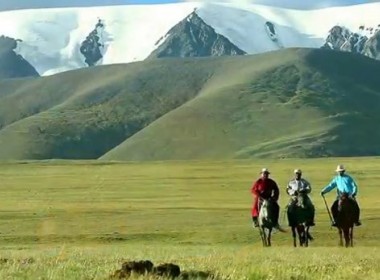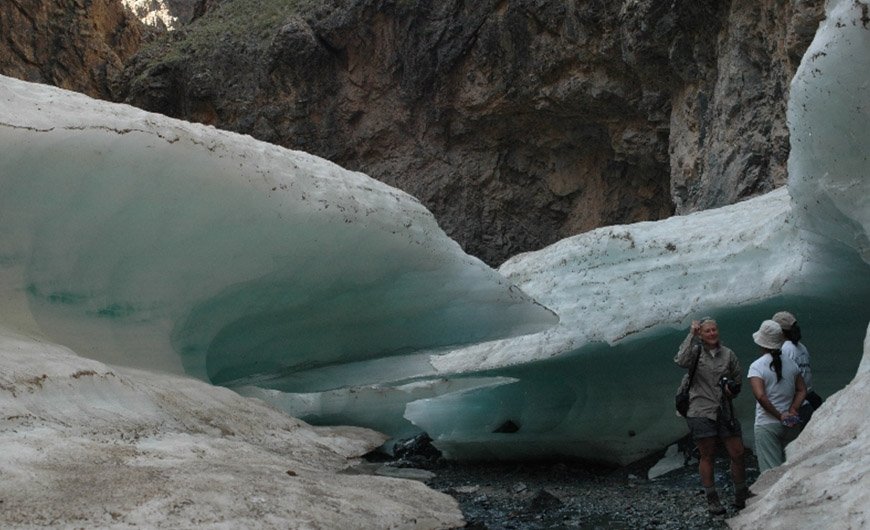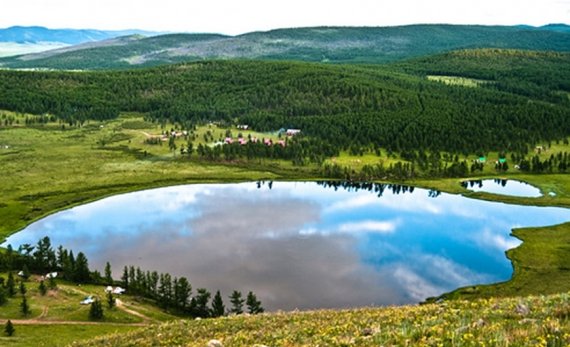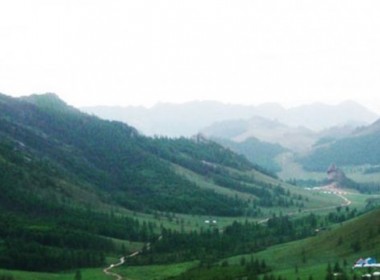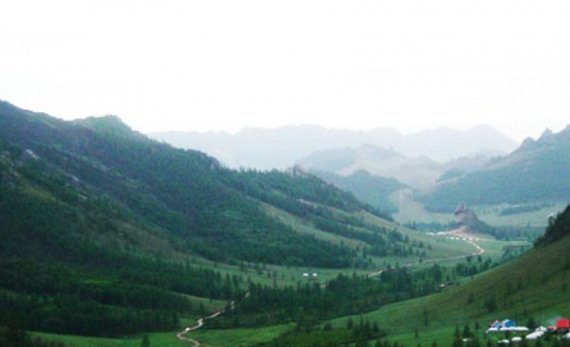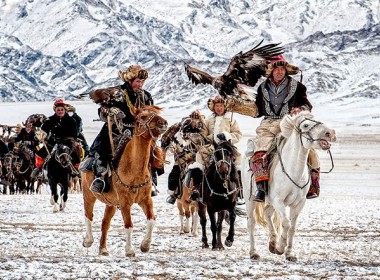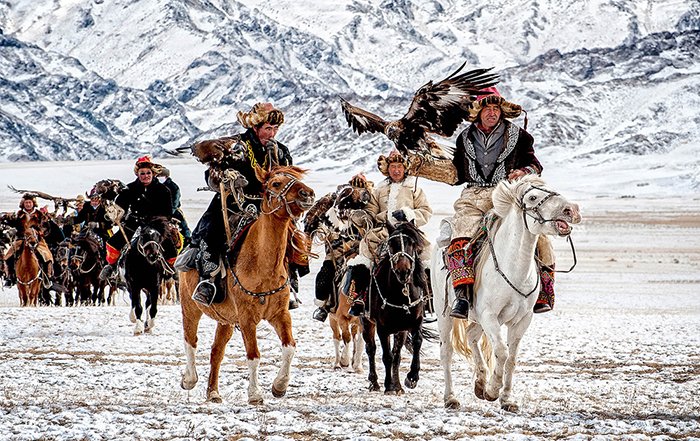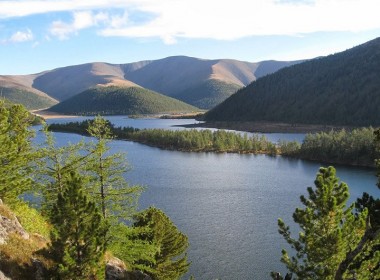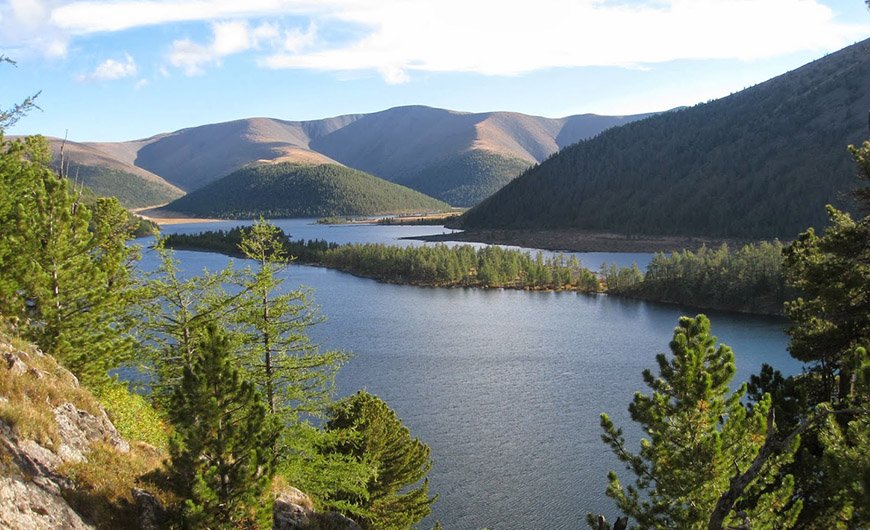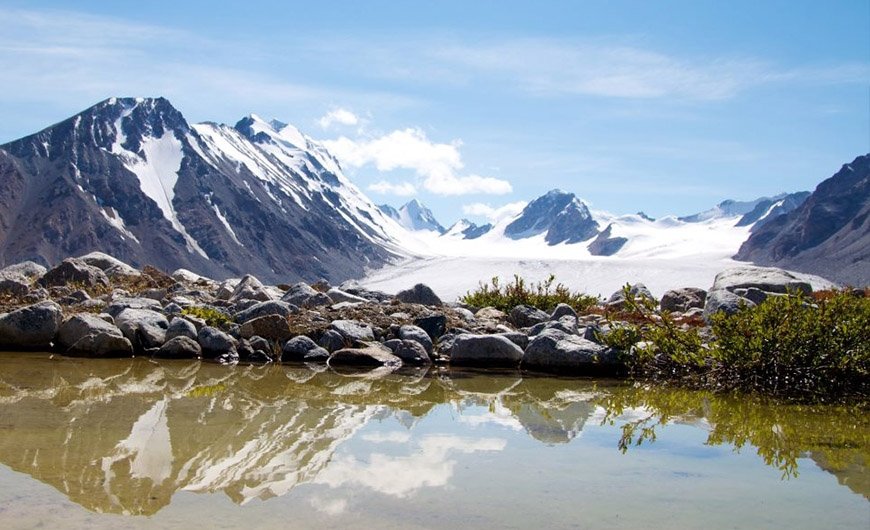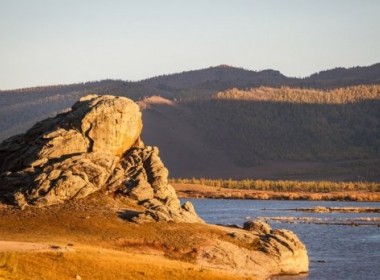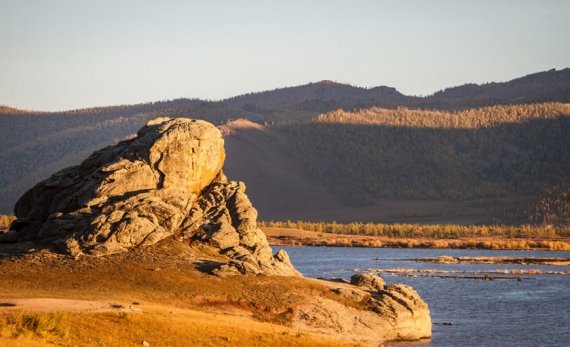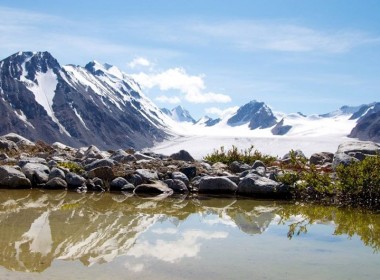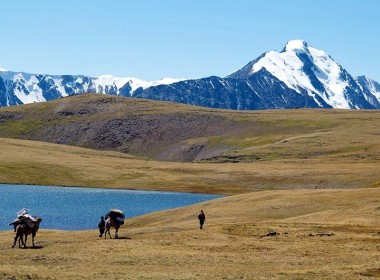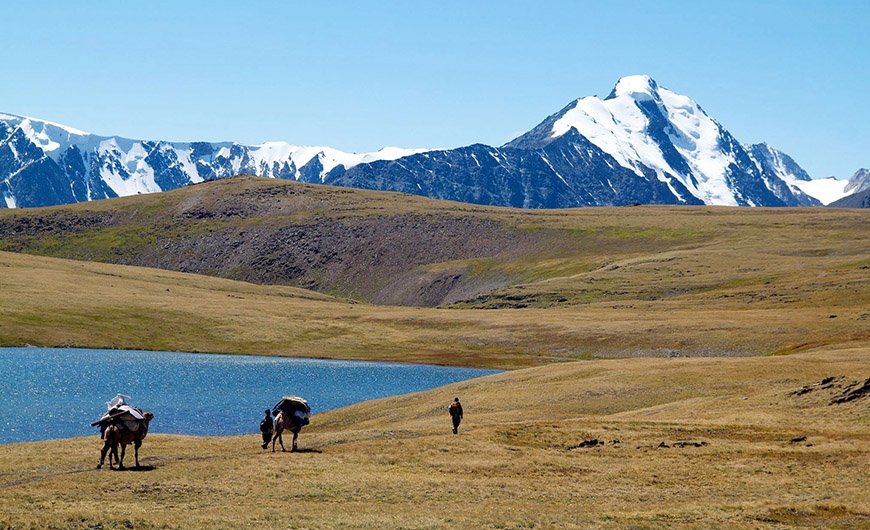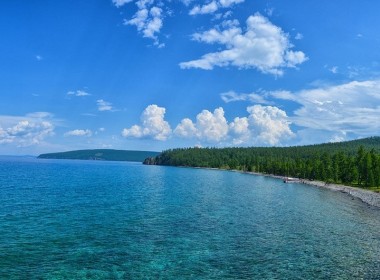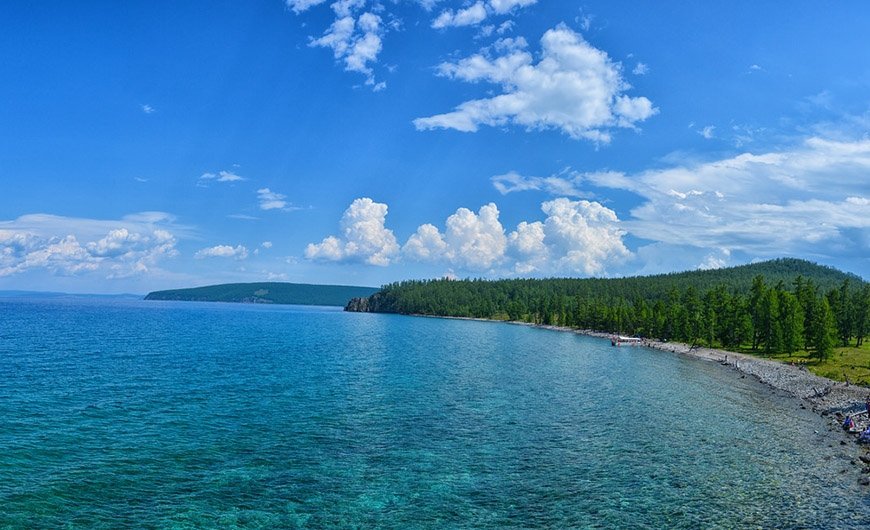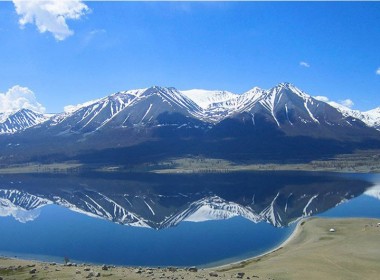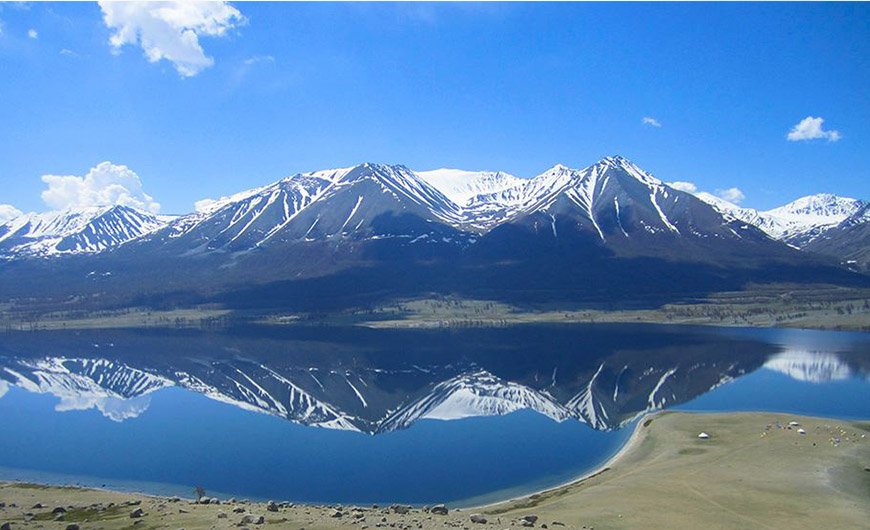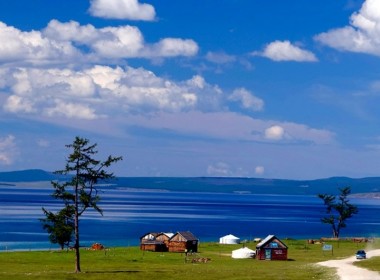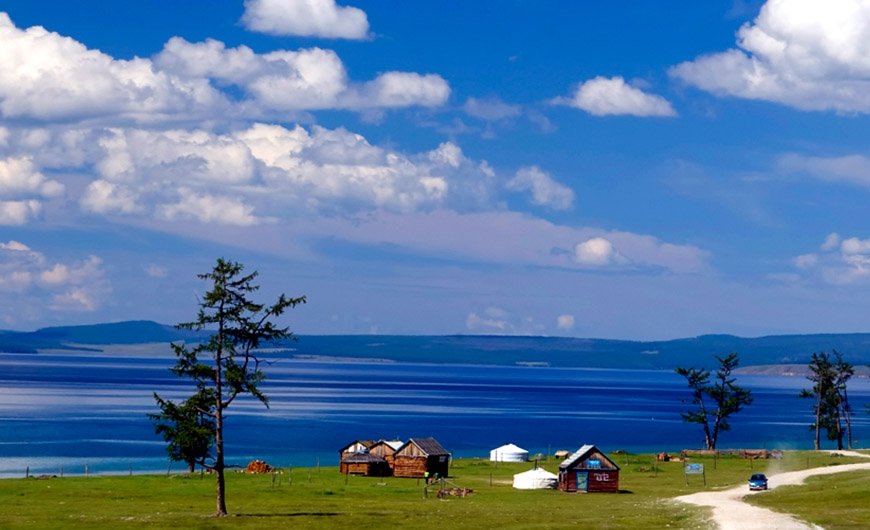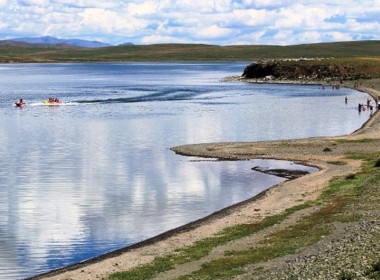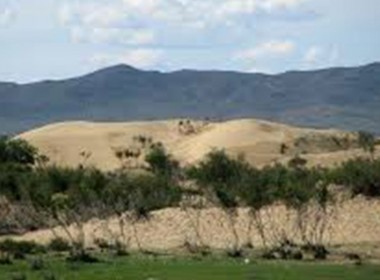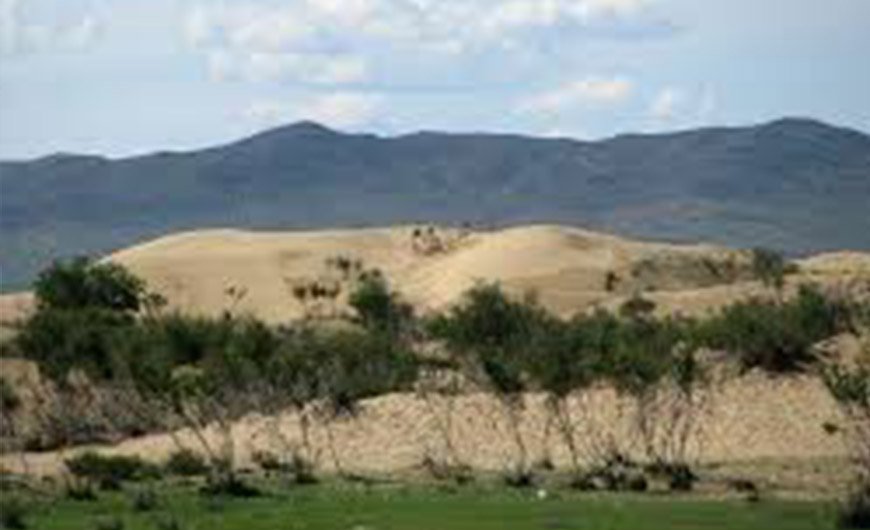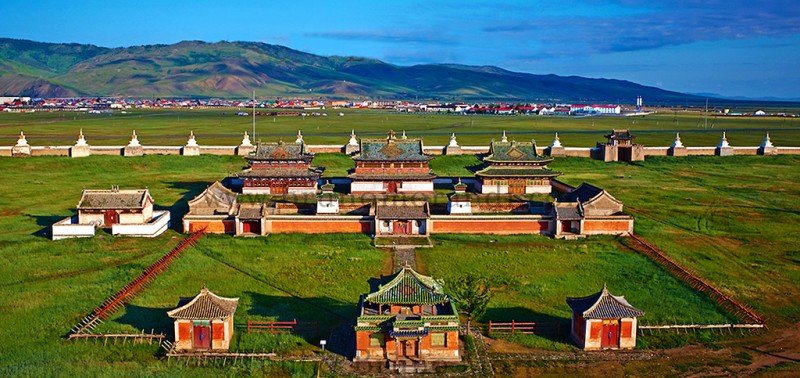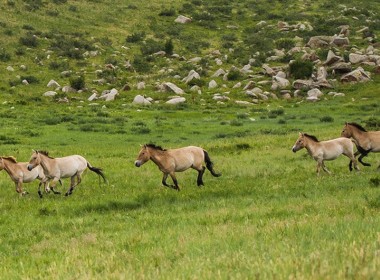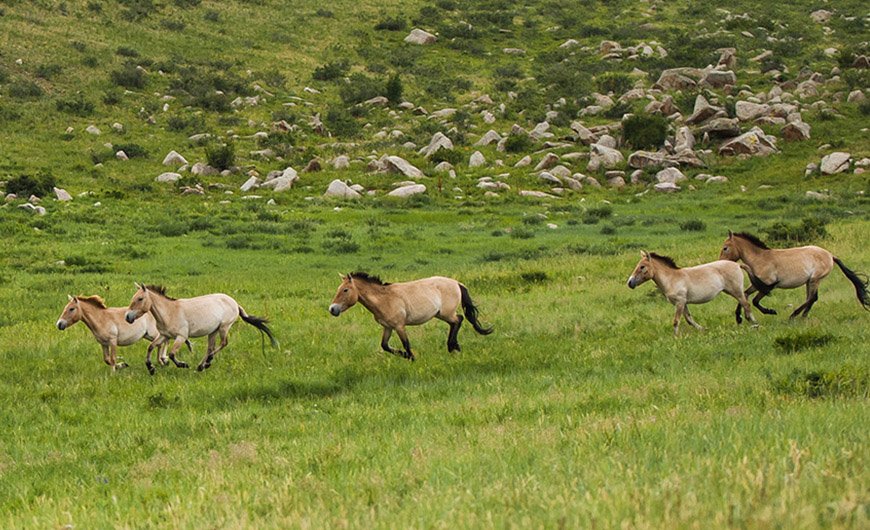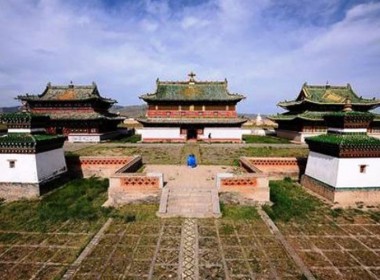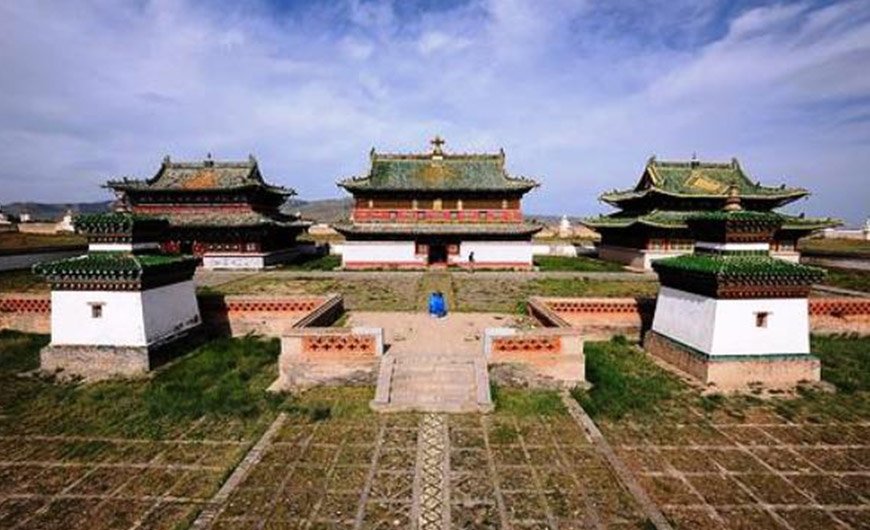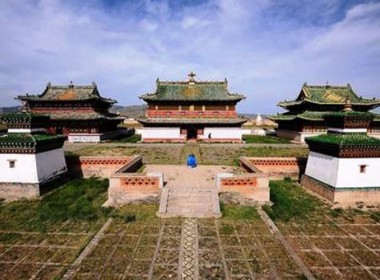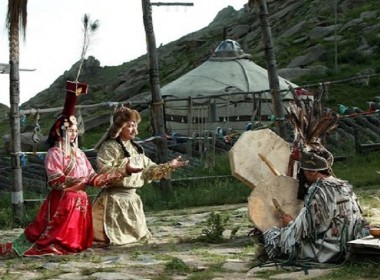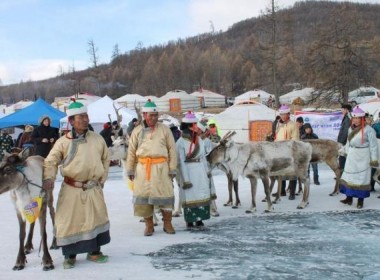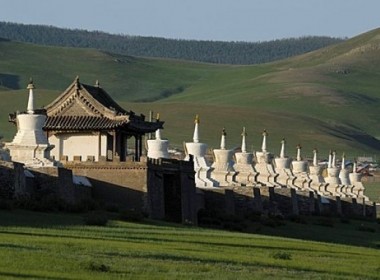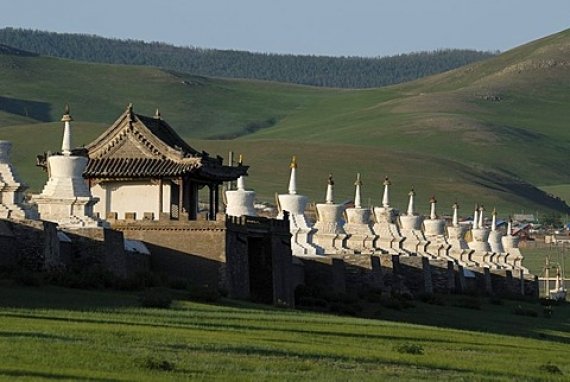About Mongolia
About Mongolia
Area:
Total: 1.565 million sq km (water: 9,600 sq km, land: 1,555,400 sq km); Northeast Asia, between China and Russia (landlocked); total: 8,162 km, with China 4,677 km, Russia 3,485 kmClimate: Continental and dry (average temperature in winter is – 20c, in summer is +20c)
Population:
Population: approx. 3 mln; growth rate: 1.47% (June 2012); Life expectancy: Average – 68.6 (June 2012) Male: 63.5 years Female: 67.9 years. Population in capital Ulaanbaatar: 1.267.000 (43%, 2013). Largest ethnic groups (2010 census): Khalkha – 82,4%, Kazakh – 3,86%, Durvud – 2,75%, Bayad – 2,15%, Buryat – 1,71%, Zakhchin – 1,25%, Dariganga – 1%, Uriankhai – 1%, other smaller groups are less than 1% respectively. Religion (Religious people – 61,4% (Buddhism – 86%, Muslim – 4,9%, Shaman – 4,7%, Christian 3,5%, others – 0.5%), non-religious – 38,6%). Literacy (2010 census): Total population 98.3%, male: 96.9%, female: 97.9%
ECONOMY Main sectors:
Mining: (22% of GDP, 61% of industrial output, contribution towards GDP growth – 5%); agriculture (Livestock, 2013, NSO: 45 mln, sheep – 20 mln (44,5%), goat – 19 mln (42,6%), cattle – 2,9 mln (6,4%), horse – 2,6% (5,8%), camel – 0,3 mln (0,7%)(16% of GDP and 40% of employment, contribution to GDP – growth agriculture – 1,8%); construction, services, manufacturing. FDI net inflow (World Bank): USD 4,7 bn (2011), USD 4,4 bn (2012), USD 1,8 bn (2013). GDP growth average between 2005 – 2013 is 7,9%.Resources: Coal (almost half is cocking coal): proven reserves of 20,79 bn tonnes (2013, 10th largest coal source). Mongolia has further 173,3 bn tonnes of unproven coal reserves at around 300 mines. Copper: known reserves of 83,5 mln tonnes (2013)(12thlargest copper source). Gold: proven reserves of 2400 tonnes (2013). Fluorite/fluorspar: proven reserves of 16 mln tonnes (4th largest in the world). Uranium: proven reserves of 140 thousand tonnes (Olympic dam – 358 thousand tonnes). Iron ore – approx. 1 bn tonnes; Zinc – 36 mln tonnes; Molybdenum – 972 thousand tonnes; Silver – 27 mln tonnes, Rare earth elements: est. 31 mln tonnes (16% of global reserves); Crude oil – 2,3 bn barrels.Trade (2014, 1-10, NSO): Export structure: Commodities – 82%, precious metals stones – 7%, textile – 6,7%. Main export partners: China 87.9%, Russia – 2%, Canada – 3.7%, UK 3,6%, others – 3,4%, Russia – 1,4% (2013). Major imports: Machinery and equipment, fuel comprise 58,6% of total imports, also, cars, food products, industrial customer goods, chemicals, building materials. Main import partners (2013): China 25.1%, Russia 23.5%, others – 20,8%, US 11.6%, Japan 7.8%, South Korea 7.6%.
Area: Total: 1.565 million sq km (water: 9,600 sq km, land: 1,555,400 sq km); Northeast Asia, between China and Russia (landlocked); total: 8,162 km, with China 4,677 km, Russia 3,485 kmClimate: Continental and dry (average temperature in winter is – 20c, in summer is +20c)
ECONOMY
Main sectors: Mining: (22% of GDP, 61% of industrial output, contribution towards GDP growth – 5%); agriculture (Livestock, 2013, NSO: 45 mln, sheep – 20 mln (44,5%), goat – 19 mln (42,6%), cattle – 2,9 mln (6,4%), horse – 2,6% (5,8%), camel – 0,3 mln (0,7%)(16% of GDP and 40% of employment, contribution to GDP – growth agriculture – 1,8%); construction, services, manufacturing. FDI net inflow (World Bank): USD 4,7 bn (2011), USD 4,4 bn (2012), USD 1,8 bn (2013). GDP growth average between 2005 – 2013 is 7,9%.Resources: Coal (almost half is cocking coal): proven reserves of 20,79 bn tonnes (2013, 10th largest coal source). Mongolia has further 173,3 bn tonnes of unproven coal reserves at around 300 mines. Copper: known reserves of 83,5 mln tonnes (2013)(12thlargest copper source). Gold: proven reserves of 2400 tonnes (2013). Fluorite/fluorspar: proven reserves of 16 mln tonnes (4th largest in the world). Uranium: proven reserves of 140 thousand tonnes (Olympic dam – 358 thousand tonnes). Iron ore – approx. 1 bn tonnes; Zinc – 36 mln tonnes; Molybdenum – 972 thousand tonnes; Silver – 27 mln tonnes, Rare earth elements: est. 31 mln tonnes (16% of global reserves); Crude oil – 2,3 bn barrels.Trade (2014, 1-10, NSO): Export structure: Commodities – 82%, precious metals stones – 7%, textile – 6,7%. Main export partners: China 87.9%, Russia – 2%, Canada – 3.7%, UK 3,6%, others – 3,4%, Russia – 1,4% (2013). Major imports: Machinery and equipment, fuel comprise 58,6% of total imports, also, cars, food products, industrial customer goods, chemicals, building materials. Main import partners (2013): China 25.1%, Russia 23.5%, others – 20,8%, US 11.6%, Japan 7.8%, South Korea 7.6%.
Type of governance:
Parliamentary republic. Separation of State Powers:
Legislative branch: State Great Hural (Parliament), unicameral, 76 seats; members elected by popular vote to serve for a term of four years (Speaker of the Parliament – Mr. M. Enkhbold, elected in 2016).
Executive branch: Prime Minister and Cabinet, appointed by the Parliament (Prime minister – Mr. J. Erdenebat, appointed in 2016).
Judicial branch (independent): Supreme Court, the highest court for the provincial courts but rarely overturns verdicts of lower courts; judges are nominated by the General Council of Courts for approval by the President.
Head of State: President (symbolic), elected by popular vote to serve for a four-year term (President – Mr. Ts. Elbegdorj is elected for a second term in 2013).
Political parties: 21 parties (2012, multi – party system) Parties with seats in the parliament (2016): Mongolian People’s Part (65); Democratic party (9); Mongolian People’s Revolutionary Party (1); there is 1 independent members in current parliament.
Administrative division Territory of Mongolia is divided administratively into 21 aimags (province) and the capital city. Each aimag has a Governor; each aimag has number of soums(in total there are 331 soums in Mongolia), each soum has number of baghs.Average population in soums is up to (around) 5000 people. Capital Ulaanbaatar city has 9 districts. Governance of administrative and territorial units of Mongolia is organised on the basis of combination of the principles of both self-government and central government.
Foreign policy Mongolian parliament approved three basic documents defining foreign policy: Concept of National security, Concept of Foreign policy and the Military doctrine. Mongolia pursues open, non-aligned, multi-pillar foreign policy. Mongolia encouraged pursuing active third neighbor policy.In 1992, Mongolia declared its nuclear weapon-free-status, enshrined in a law, a policy, which later was endorsed by UN’s SC’s all 5 permanent members – nuclear powers.Mongolia is a member of many international institutions and forums: ARF, OSCE, ESCAP, ASEM. Also, Mongolia is an observer at SCO, has signed partnership agreements with the EU and NATO. Mongolia successfully organised the International Conference of New and Restored Democracies in 2003; and chaired the Community of Democracies in 2011. Mongolia hosted ASEM’s 11th summit in 2016. To date Mongolia maintains diplomatic relations with 173 countries.









